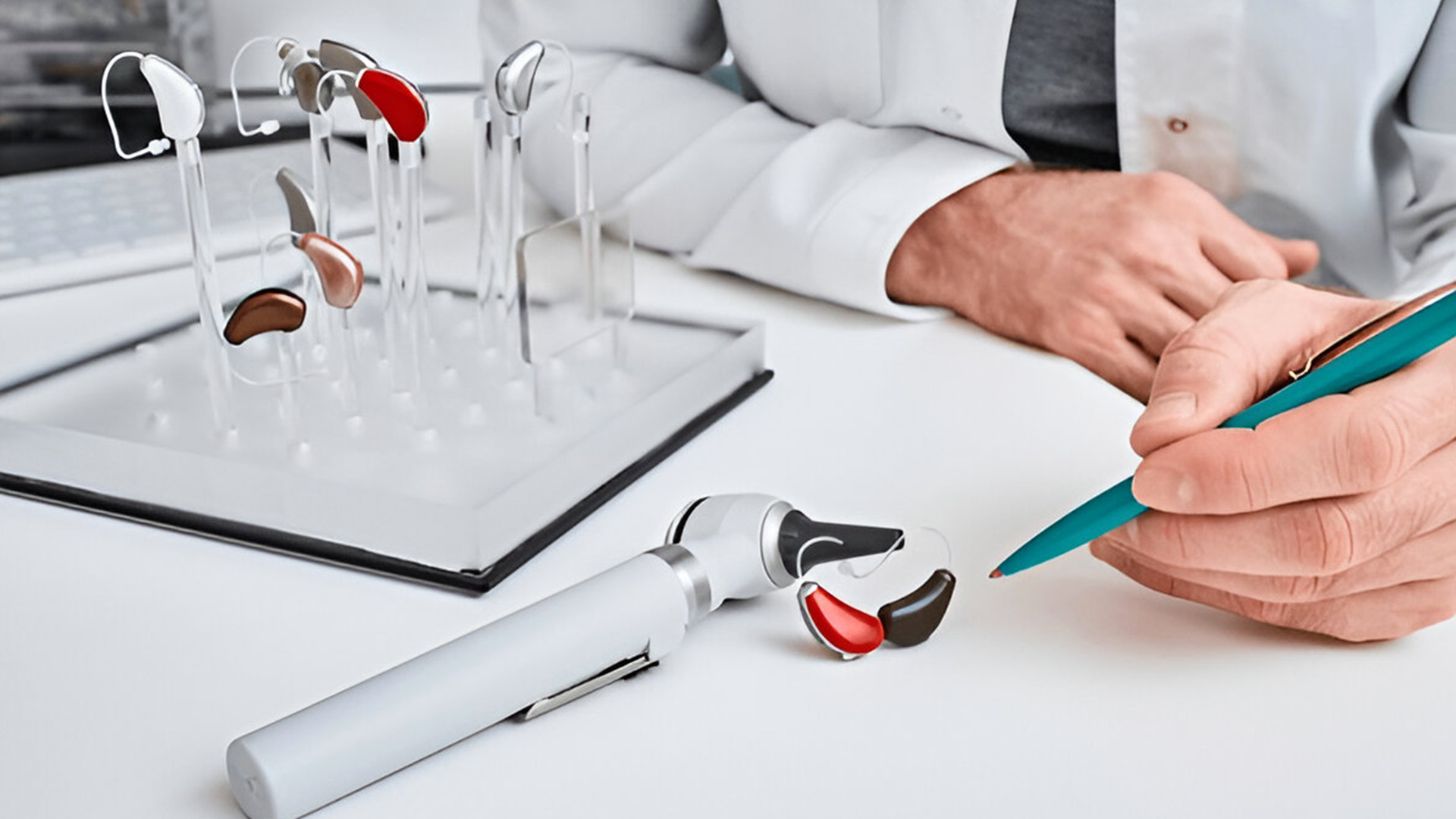Behind-the-ear (BTE) hearing aids are widely used due to their versatility and advanced features. However, they also come with certain limitations that potential users should consider. This article outlines the primary disadvantages associated with BTE hearing aids.
1. Visibility and Aesthetic Concerns
BTE hearing aids are more noticeable than in-the-ear models, which can be a concern for individuals seeking discretion. Their placement behind the ear makes them visible, potentially leading to self-consciousness or reluctance to wear them in social settings.
2. Interference with Eyewear and Headgear
Individuals who wear glasses may experience discomfort, as the arms of the spectacles and the hearing aid occupy the same space behind the ear. Similarly, wearing hats, helmets, or headscarves can be challenging, as these items may press against the hearing aid, affecting its positioning and performance.
3. Susceptibility to Environmental Factors
The external placement of BTE hearing aids makes them more vulnerable to environmental elements. Moisture from sweat, rain, or humidity can infiltrate the device, potentially leading to malfunctions or reduced lifespan. Additionally, exposure to dust and debris can clog the microphone or tubing, necessitating regular cleaning and maintenance.
4. Wind Noise and Feedback Issues
BTE hearing aids are more prone to wind noise due to their external microphones. In windy conditions, the microphones can pick up and amplify wind sounds, making it difficult for the user to hear speech or other important sounds. Although some models incorporate wind noise reduction technology, its effectiveness can vary. Furthermore, BTE aids may experience feedback or whistling sounds, especially if the earmold does not fit properly or if there is a buildup of earwax.
5. Comfort and Fit Challenges
The comfort of BTE hearing aids can be an issue for some users. The device’s size and placement behind the ear may cause discomfort, especially during extended wear. The earmold, which sits inside the ear canal, must be custom-fitted; however, even with customization, some users may experience irritation or a sensation of fullness in the ear. This discomfort can lead to reduced usage or the need for frequent adjustments.
6. Maintenance and Cleaning Requirements
BTE hearing aids require regular maintenance to function optimally. The tubing connecting the device to the earmold can become clogged with moisture or earwax, affecting sound quality. Regular cleaning of the tubing and earmold is necessary to prevent blockages and maintain hygiene. Additionally, the external components are exposed to environmental elements, necessitating routine cleaning to prevent damage or deterioration.
7. Battery Life and Power Consumption
While BTE hearing aids often use larger batteries that provide longer life than smaller models, their advanced features can lead to increased power consumption. Features such as Bluetooth connectivity, directional microphones, and noise reduction algorithms can drain the battery more quickly. Users may find themselves replacing batteries more frequently or needing to recharge the device often, which can be inconvenient.
8. Cost Considerations
BTE hearing aids can be expensive, with prices varying based on features, brand, and customization. The cost of the device itself, coupled with ongoing expenses for batteries, maintenance, and potential repairs, can be substantial. While some insurance plans may cover part of the cost, many users bear a significant portion of the expense out-of-pocket.
9. Social and Psychological Impact
The visibility of BTE hearing aids can have social and psychological implications. Some users may feel self-conscious about wearing a visible device, leading to reduced usage or reluctance to wear the aid in social settings. This self-consciousness can impact the user’s quality of life, social interactions, and overall satisfaction with the hearing aid.
10. Limited Compatibility with Certain Activities
Individuals who engage in specific activities may find BTE hearing aids less compatible. For example, athletes or those involved in physical labor may experience issues with the device staying in place or being affected by sweat and movement. Additionally, users who frequently use headphones or other audio equipment may find it challenging to use these devices in conjunction with BTE hearing aids.
Conclusion
While behind-the-ear hearing aids offer numerous benefits, including powerful amplification and advanced features, they also present several disadvantages that potential users should consider. Visibility, comfort, maintenance requirements, and environmental susceptibility are among the key concerns. Individuals considering BTE hearing aids should weigh these factors carefully and consult with an audiologist to determine the most suitable hearing aid type for their specific needs and lifestyle.



